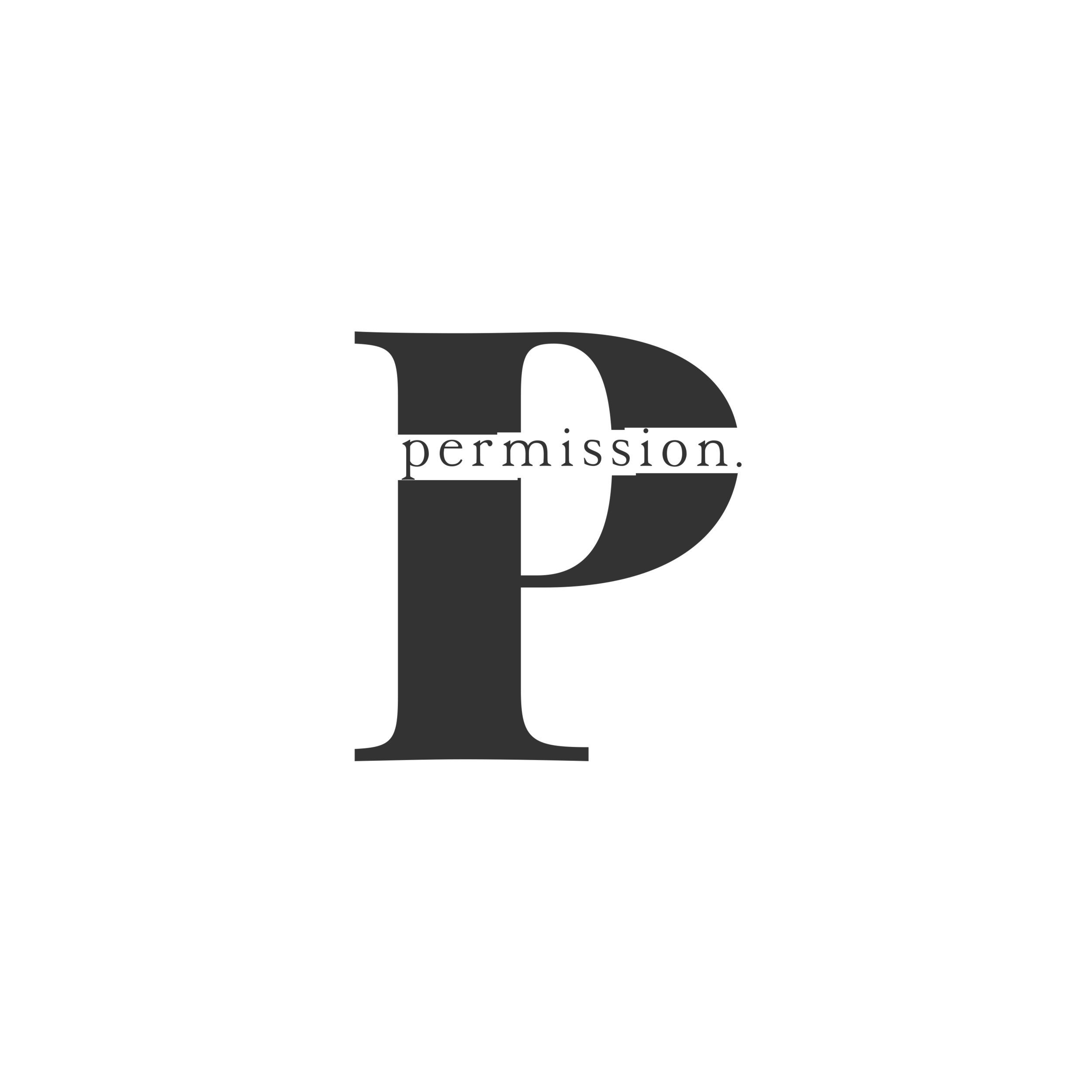the craft. mastering description.
It’s easy to only think of description for places when it comes to writing. But there are so many things we’re actually describing when we write. That can often be the trickiest part. How do we get the things swirling in our heads onto paper? And in a way that a reader will understand. In a way that they can see it too? Have you ever read something and thought, “how could they articulate exactly what I was feeling?” Well, it takes practice.
Description is in every part of our writing. We have to describe places, yes, but also emotions and thoughts, facial expressions and people. We describe theories and situations and it’s not always easy.
One thing my editor pointed out during revision was how I relied on eyes and hair color for description. Normal things you may notice about someone you’re meeting for the first time. However, they get redundant quickly in a story. I had to expand what I was seeing in these characters who were not essential to the story, but present. What was their posture? Their style? Their past that show up in their today?
Another thing I found myself struggling with was being able to accurately describe an emotion. How could I say they were angry in another way? That they were anxious but in their body language? That’s when I picked up the Emotion Thesaurus. I didn’t use exact phrases from it, but it helped open up my mind. Did they tug at their fingers or speak through their teeth? Don’t be afraid to elicit help from time to time. It doesn’t make you less of a writer, at least in my opinion.
Your girl also loves a mood board for a project. In it, I’ll include characters, places, clothes. It assists me to have actual visuals that I can pull from. Something about having it in front of my eyes instead of in my head is helpful to me.
The most obvious help I can recommend with description has got to be reading. Again, not about copying how another writer describes things. But it should open up your own creative flow. Reading makes the difference between lines like “My heart was broken,” vs. “My heart was fraying at the ends.” Reading poetry is great for exploring new ways to describe things. And read Morrison. What she does with language will leave you both inspired and with feelings of unworthiness.
A great practice for strengthening your description muscle is to try writing things you see. In your actual life, try describing your postal worker without physical attributes. Try describing the way something made you feel without one word emotions. This is important practice and certainly informs the work. Try it out!
Writing/Job Opportunities
The Common is accepting Fee-Free submissions from BIPOC writers.
Open Call for short story anthology published by Penguin Young Readers.
Starbucks is looking for a Senior Writer/Storyteller. Based in Seattle but can be remote. Must work on PST hours. Reach out to Krystal Franklin for more details.
Well + Good is looking for a Lifestyle Writer.
National Geographic is looking for an Editor in Travel Digital Media. (Washington, D.C.)
Hearst is looking for a Consumer/Real Estate Reporter.
Publisher’s Weekly is hiring an Editorial Assistant.
Buzzfeed is hiring a Technology Reporter.
Full Stop is accepting applications for their Editorial Fellowship. (July 1)
AdWeek is looking for paid summer interns. Email a resume and a brief explanation why you want to work with their newsroom this summer to jameson.fleming@adweek.com

